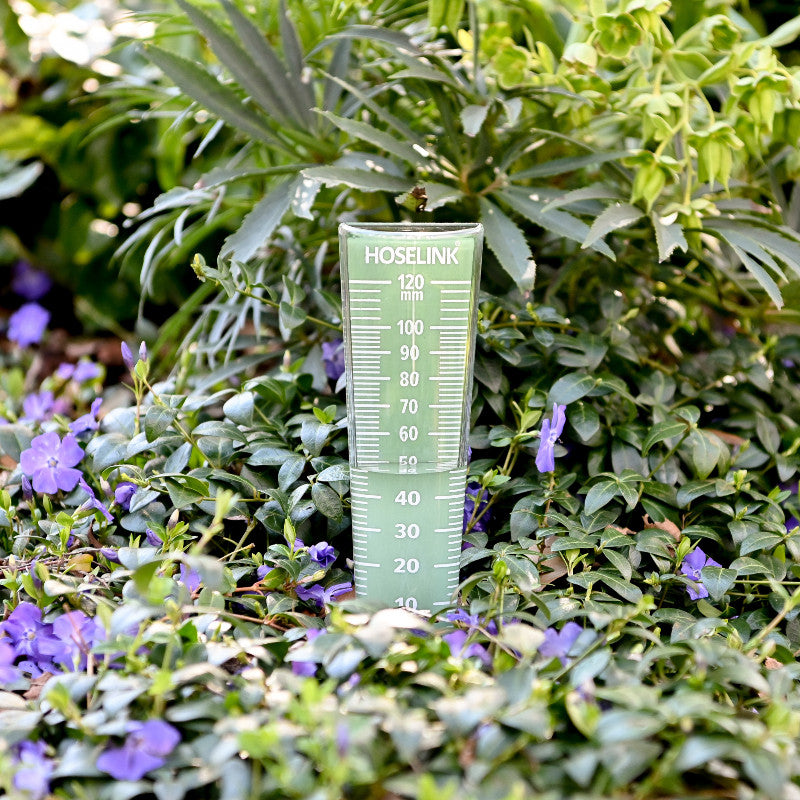Rain Gauge Acquiring Overview: What You Required to Know for Ideal Efficiency
Rain Gauge Acquiring Overview: What You Required to Know for Ideal Efficiency
Blog Article
Unveiling the Scientific Research Behind Rain Determines: How These Devices Play a Critical Duty in Environment Research and Ecological Monitoring
Rainfall assesses, relatively easy devices, hold a profound significance in the realm of climate research and ecological surveillance. These plain tools quietly collect one of nature's most crucial elements-- rainfall. Yet, behind their unpretentious facade exists a complex science that is vital for recognizing the dynamics of our environment. As we peel back the layers of this scientific veil surrounding rainfall evaluates, we discover a world where accuracy, data accuracy, and precise observation assemble to unveil a deeper understanding of our transforming climate and its effect on the world.
Relevance of Rainfall Scales
Rainfall assesses play a vital role in tracking and gauging rainfall degrees, offering important information for climate study and analysis. These devices are basic in measuring the amount of rains that occurs in a details location over a certain period. By measuring and accumulating rain, rain determines offer useful insights right into the distribution and strength of rainfall, aiding meteorologists, hydrologists, and climatologists in understanding weather condition patterns and trends.
Among the essential reasons that rain determines are vital is their ability to give accurate and local information. Unlike satellite or radar-based measurements, which offer broader observations, rain assesses offer exact details particular to the area where they are placed. This local data is crucial for various applications, including flooding projecting, dry spell monitoring, and water source management. Furthermore, long-term information accumulated from rain gauges aids in evaluating climate adjustment impacts and patterns, adding substantially to clinical research and decision-making processes. Fundamentally, rain assesses function as essential tools in the area of meteorology and environmental science, playing an essential role ahead of time our understanding of weather condition and environment characteristics.
Sorts Of Rainfall Scales

Functionality and Operation
In the world of climate research and meteorological research studies, the performance of rain gauges hinge on their complex capability and precise operational mechanisms. Rain evaluates are developed to properly gauge the amount of precipitation that drops over a certain area during a collection period. These devices commonly are composed of a funnel that accumulates rain and channels it right into a determining tube. The determining tube is noted with adjusted measurements that permit for the exact quantification of rains.
The functionality of rain assesses is based on the principle of accumulating and determining rain in a standardized way. This collected information is vital for understanding neighborhood weather patterns, tracking lasting climate patterns, and evaluating ecological influences. To guarantee exact measurements, rainfall determines requirement to be purposefully placed in open locations away from blockages such as buildings or trees that might interfere with the collection process.
The functional aspect of rain assesses entails regular maintenance to protect against particles accumulation, calibration checks to keep dimension precision, and information taping for evaluation (rain gauge). On the whole, the capability and operation of rain gauges are essential for collecting trustworthy rainfall information crucial to environment study and ecological surveillance
Duty in Environment Study
Offered the essential relevance of accurate precipitation measurements in understanding weather patterns and ecological effects, the duty of rainfall assesses in environment research study is vital. Rain determines supply vital information for climate research study by quantifying the quantity of precipitation that drops over a details location during a provided duration. This information is vital for keeping track of long-term useful site fads in advice precipitation patterns, evaluating the impact of environment modification on rainfall circulation, and boosting climate versions.

Climate scientists utilize information collected from rainfall gauges to assess variations in precipitation levels, identify regional environment trends, and examine the performance of water source administration strategies. By comparing historic rainfall data with existing dimensions, researchers can find shifts in precipitation patterns, such as adjustments in the frequency or strength of rains events. This info is essential for comprehending just how climate modification is affecting precipitation dynamics and can help policymakers make notified decisions relating to adjustment and mitigation methods.
Applications in Ecological Surveillance

In flooding projecting, rain gauge information aids to track rainfall intensity and circulation, permitting authorities to provide timely warnings and take essential steps to alleviate flood risks (rain gauge). Dry spell tracking counts on rainfall scale data to assess dampness degrees in the soil and track rainfall shortages, helping click site in the identification of drought-prone locations and the application of dry spell action strategies
Moreover, rainfall scale data plays a crucial duty in water resource administration by supplying info on water accessibility and use trends. Furthermore, in farming, rainfall scale information assists farmers in enhancing watering timetables, plant selection, and general farm monitoring techniques based on local precipitation patterns.
Conclusion
Finally, rainfall determines are important tools for measuring rainfall, supplying important data for climate research and environmental monitoring. With numerous types and functionalities, rain gauges play an important role in understanding rainfall patterns and their influence on the atmosphere. By precisely determining rains, these tools contribute to the innovation of clinical expertise and aid in making educated choices pertaining to water source monitoring and catastrophe readiness.
Rainfall determines play an important function in tracking and measuring rainfall degrees, offering crucial data for environment research study and analysis. The typical rainfall gauge, understood as the "tipping pail" gauge, is one of the most commonly made use of gadgets. Ultrasonic rain assesses use noise waves to spot the presence of rainfall, providing real-time information on precipitation levels.Environment researchers make use of data collected from rain assesses to assess variations in rainfall levels, recognize regional climate patterns, and review the efficiency of water source administration strategies.In conclusion, rain determines are vital devices for determining rainfall, providing important data for climate study and environmental tracking.
Report this page